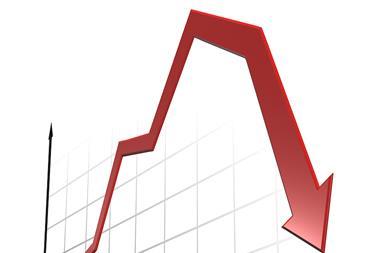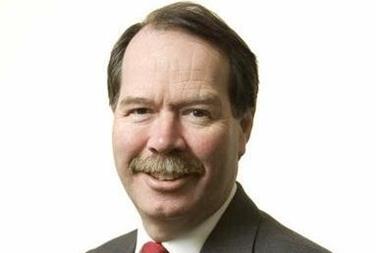The industry is on a stable financial footing for now, but insurers are faced with a difficult landscape to navigate
The first-quarter results and interim management statements released so far demonstrate the precarious and unpredictable position of the UK general insurance market.
In general, insurers have had a good first quarter. They have faced typical winter weather claims, such as escape of water, but there were no large single-event losses as there was the previous year.
Also, the efforts to shed unprofitable business and improve rates in personal lines motor have improved the loss ratios for a number of companies.
Commercial motor rate increases also appear to kicking in with earnest to combat bodily injury claims trends similar to those seen in personal lines.
One step forward, two steps back
The various encouraging signs are being offset by the difficulties that continue to plague the industry. A number of companies have reported either anecdotal evidence or hard numbers indicating that personal motor rate increases are starting to slow. For example, RSA put through personal lines motor rate increases of 8% in the first quarter of 2012, compared with 20% in the same period last year.
And Sabre chief executive Keith Morris noted in his company’s recently-released full-year 2011 results that rate increases had started to tail off towards the end of 2011.
There are also signs that, despite increases put through last year, all is still far from rosy in the personal lines motor. RSA cut its personal motor book by 17% in the first quarter, Zurich continued to pare back its top line, and AXA revealed that ‘portfolio cleansing’ in its UK direct motor book had offset premium volume growth in other countries and reduced group-wide direct motor premium income by 6%.
More work to do
Personal household was starting to see a rate resurgence last year after it became clear that increasing winter weather claims were not an anomaly but a trend. Even here, however, there is more work to do. Ageas UK cut its household gross written premium by 9.5% in the first quarter of 2012 to restore profitability. This worked – to a point. Ageas’s household combined ratio fell to 11.5% from 121.9%, but is still way above the 100% break-even mark.
Then there is the persistent concern about commercial property and liability which, despite the outcry about inadequate rates and some claims of questionable underwriting practices, remain stubbornly soft. While some continue to call for better conditions, others, such as Ageas UK chief executive Barry Smith, thinks insurers should give up waiting for rates to harden and carry on as though current rates were the norm.
Insurers face all this against a backdrop of regulatory change and recession. While the industry is still on sound footing financially – for now – insurers will need to use all the tools and skills at their disposal to manage this difficult environment. Some will prove adept at it, but others will undoubtedly struggle.





































No comments yet